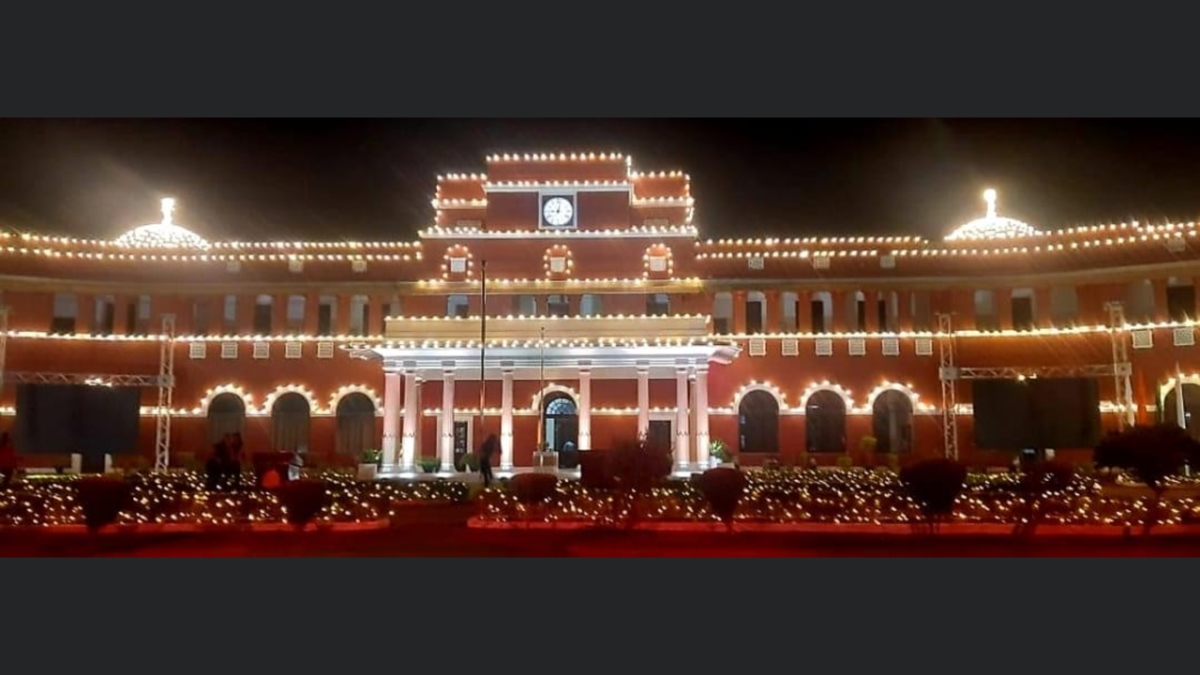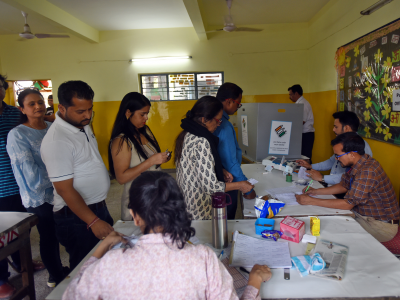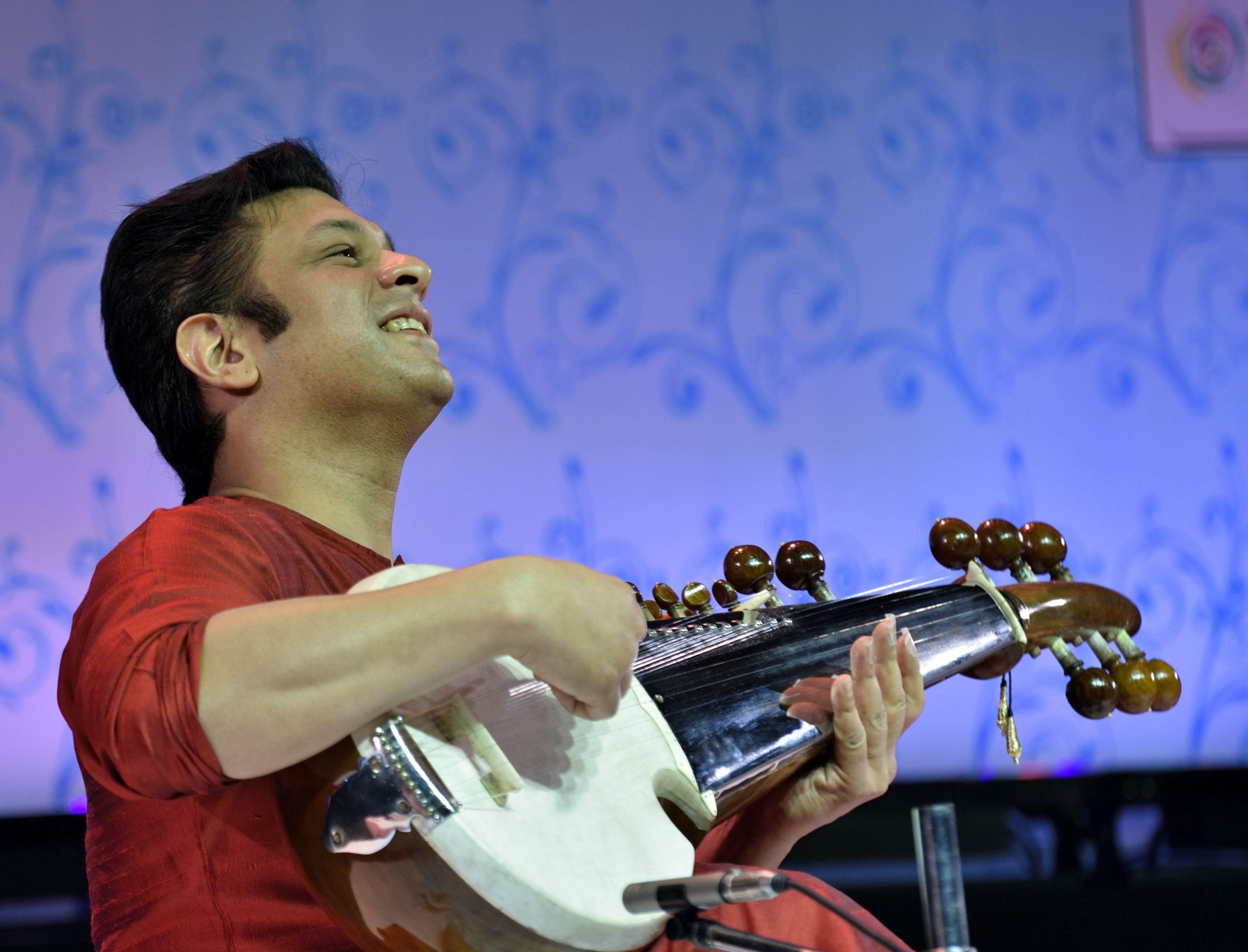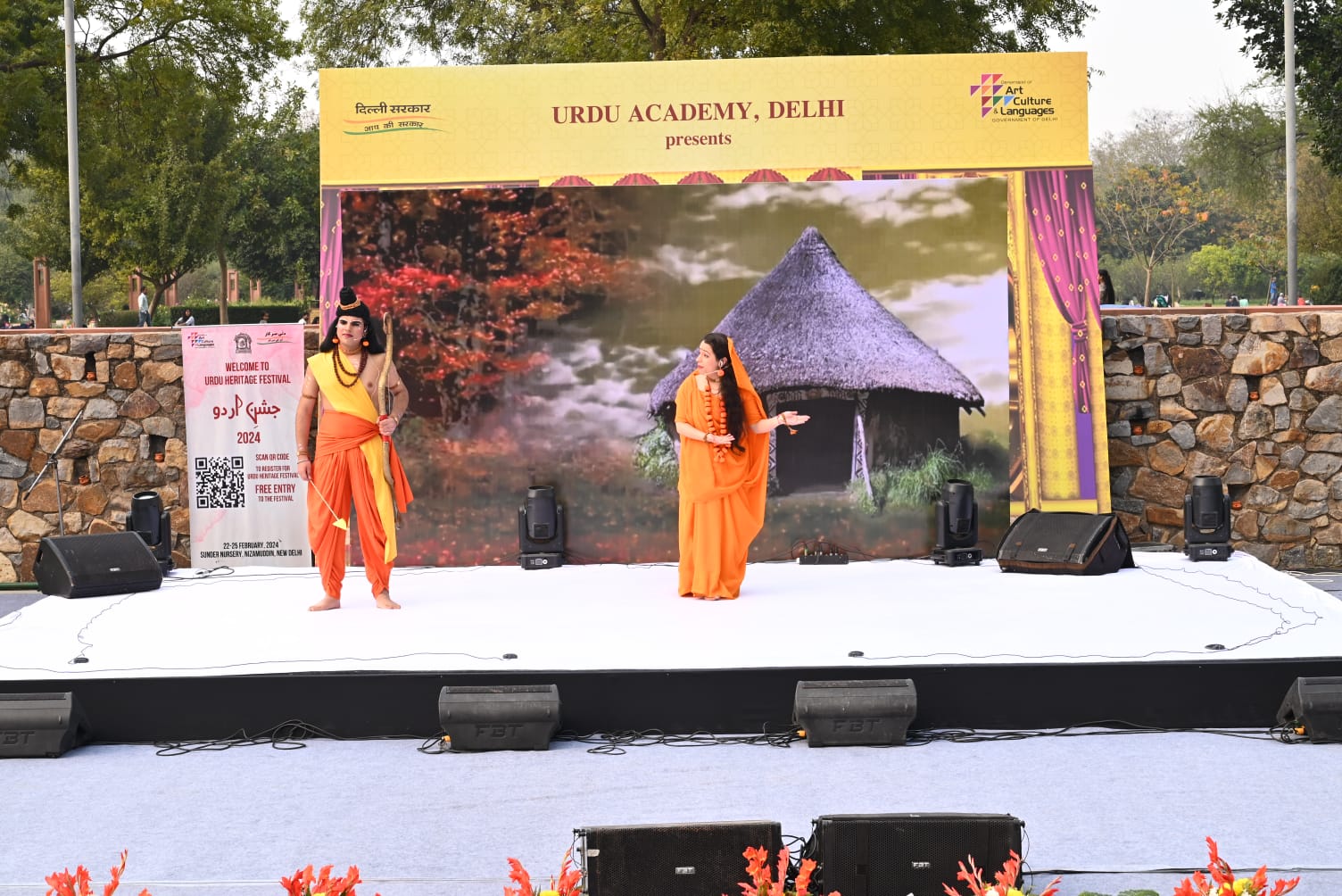An alumnus celebrates the quirkiness of his alma mater
Modern School, Barakhamba Road is celebrating its centenary year. The institution was founded at a time when the capital of India was shifting from Calcutta to Delhi by Lala Raghubir Singh, a prominent Delhi-based businessman and philanthropist who wanted to create an educational institution that would blend the best of the two worlds, “the Indian tradition with the needs of the times.” He lived in Kashmiri Gate area and his house was open for the leaders of the freedom movement.
In the last 100 years, Modern School has contributed to nation-building, and in varied fields, like very few schools in the country. Students, alumnae and alumni, popularly known as ‘Modernites’, form a closely-knit community spread all over the world. Modern School Old Boys’ Association (popularly called MOSOSA) is a very active one, with people of all age groups, joining hands in organising various events and charities.
One of the better-known prodigies from the school is the journalist and author Khushwant Singh, who joined the first batch of the school. His father Sir Sobha Singh—a prominent civil contractor, builder and real estate developer of Delhi—was closely involved in the founding of the school. The list is long, and you can never do justice to all by naming a few: the likes of Arun Shourie, Naresh Trehan, to more recently sportsmen like Ronjan Sodhi and Gautam Gambhir, and not to forget Brakha Dutt and actor Amrita Singh.
The humble writer of this story is also a “Modernite” and graduated some 25 years ago. As a small city boy who was educated in Catholic schools thus far, joining Modern School was a culture shock to start with. The freedom initially was difficult to handle and shaped my future. I can say this without an iota of doubt, Modern takes pride in producing people who are not bookworms, but smart and witty and worldly-wise and learn to appreciate good things in life fairly early in life.
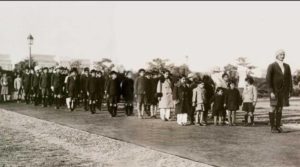
Modern School is primarily a dayscholar school, though there’s a small Golden Jubilee Hostel, where I lived the two most formative years of my life and adopted Delhi as my city. There were pupils from all over the country, they lived and made merry together. Some of the lessons learnt are very handy to this day…though bunking classes is a skill I wish had learnt better.
I was rather too serious to be a Modernite but I guess, have become a Modernite in true spirit after I graduated. Some changes take longer to happen, but when they do it’s for a lifetime.
It was so much fun to be in a coeducational setup, where academics was just a part of so many other activities. Like the cultural events—house functions, the gala annual day celebrations and sports day where the presidents and governors and generals were chief guests. We’d spend so much time together rehearsing our respective acts and organising events. It was primarily a students’ event but with the active support of the faculty.
Sports: Modern School has always had the best sporting infrastructure in the city for a school—tennis and squash courts, an Olympic size swimming pool, a very good cricket team. Also, we were supposed to be part of a club to do some ‘socially useful productive work’ that’s not ‘academic’.
I was part of a group that taught poor children after school. This group was supervised by a young and very kind teacher, Latika Dikshit, daughter of Sheila Dikshit—this was much before she became the chief minister of Delhi. Latika and I were close and one of the reasons was that both of us had recently lost our respective fathers.
There are some great academicians who headed the institution: one of them, SP Bakshi, was the principal when I was a student there. He always wore spotless white and spoke at length about issues that confront young adults. And he used to make a lot of sense perhaps because he was neither prescriptive nor polemic.
I was introduced to public speaking here, and I loved it. It was customary to read the news and give a talk every morning during assembly. I would opt for the latter. In the final year, I held a leadership position in Tagore House and designed the cover page for our house magazine. It was so satisfying, and good fun. It was the first time I publicly demonstrated my prowess in drawing. And it was, I must say, a good beginning. Though many of my batchmates, who described me as a ‘good boy’ were fairly shocked as to how I employed my ability to draw.
What I did learn, in a very subtle way, was that it’s good to be yourself, and there’s no prescribed way of doing a thing. The present state of being is no indication of the future. Some of my friends were suspended and punished; they were described as rogue elements but ended up doing very well in life, established a start-up, generated wealth. Many of them are settled in the US.
And it’s right, to an extent, that you never make friends like in school or college. I’m blessed on that count as well. What’s good about school friends is that you can take them for granted, and be out of touch for years, and when you meet them, you start from where you left, as if we were having a beer in a pub last evening.
Here’s wishing my alma mater all the very best for the next 100 years. And continue being quirky—it’s a good thing!

